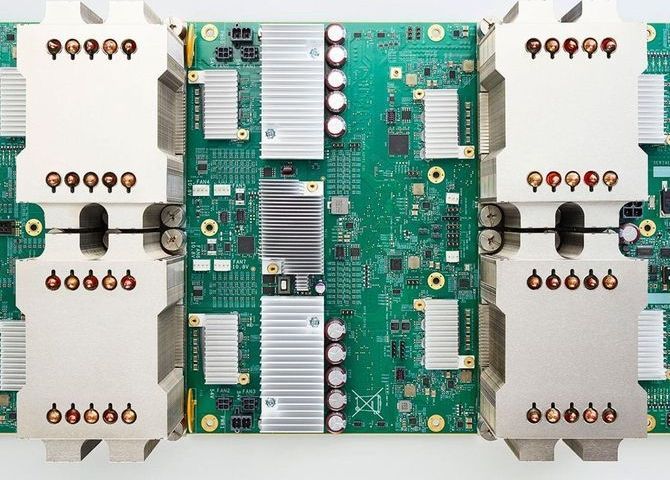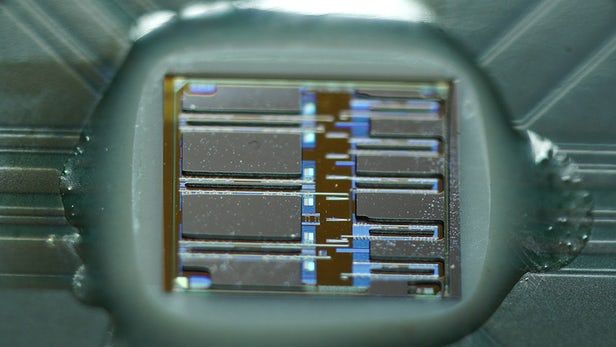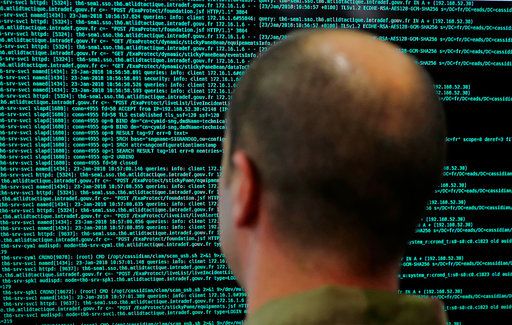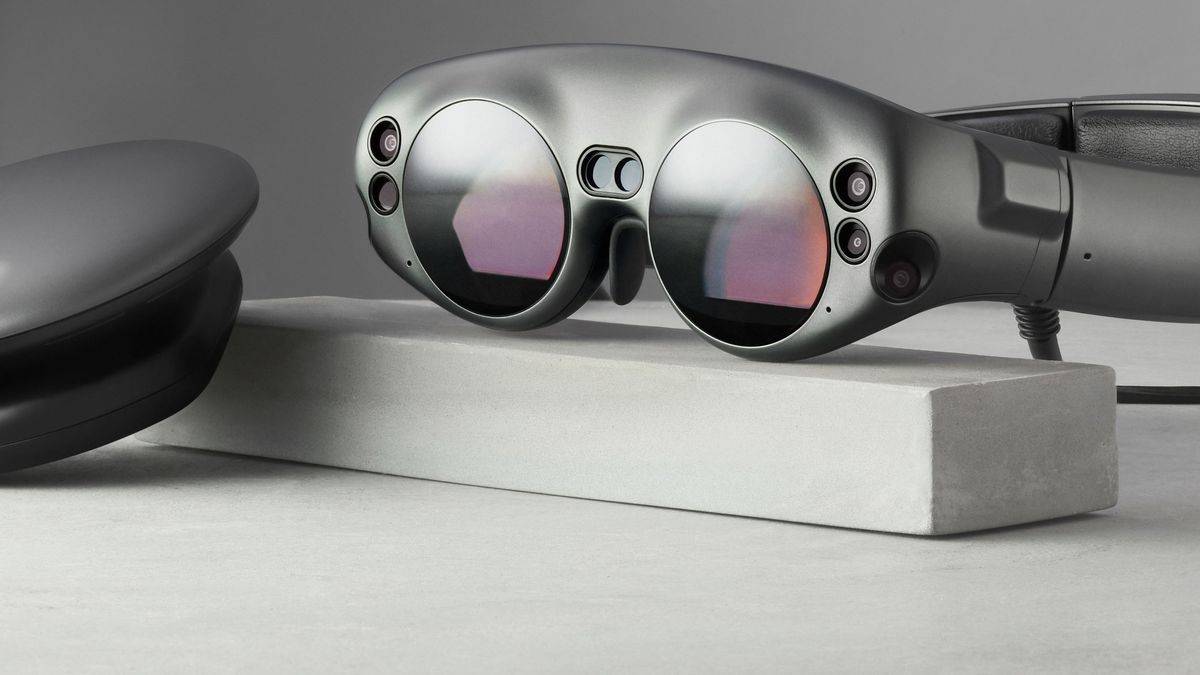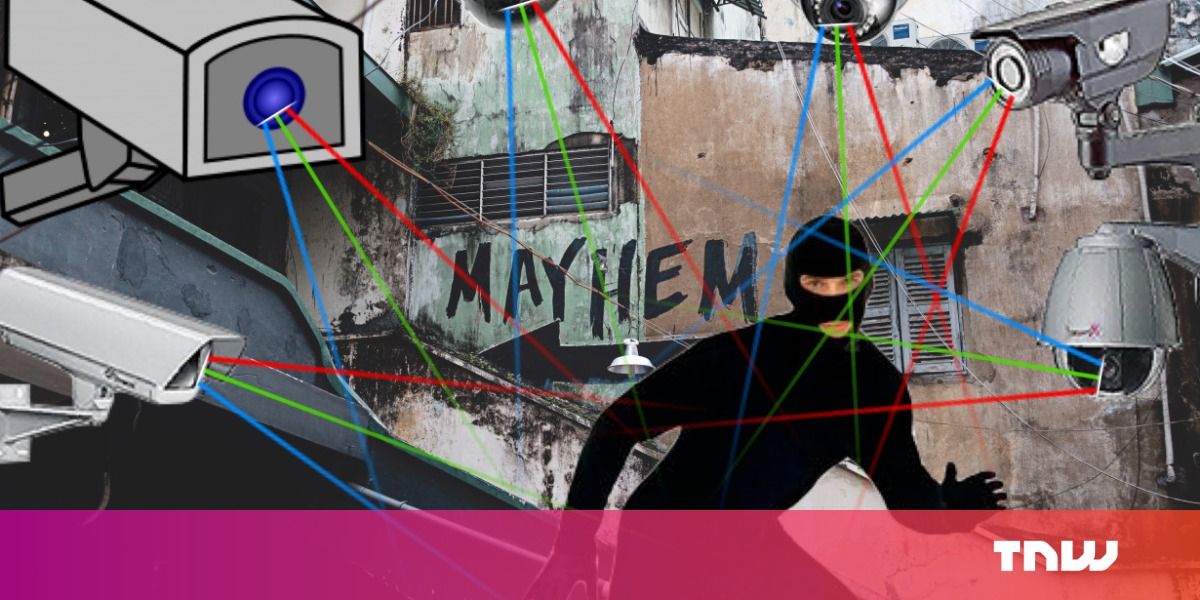Archive for the ‘security’ category: Page 103
May 1, 2018
To create safer cities for everyone, we need to avoid security that threatens
Posted by Bill Kemp in categories: economics, security, space
The central role of public spaces in the social, cultural, political and economic life of cities makes it crucial that they’re accessible to everyone. One of the most important qualities of accessible public spaces is safety. If people do not feel safe in a public space, they are less likely to use it, let alone linger in it.
Perceptions of safety are socially produced and socially variable. It is not simply the presence of crime – or “threatening environments” – that contributes to lack of safety or fear.
All sorts of measures are put in place to make public spaces safer, from design to policing. But when we consider the effectiveness of these measures, we always have to ask: whose safety is being prioritised?
Apr 30, 2018
Airbus, Dassault Aviation and Leonardo reaffirm their total commitment in the first fully European MALE programme
Posted by Roman Mednitzer in categories: robotics/AI, security, space, transportation
Berlin 26th April 2018 – The first full scale model of the European Medium-Altitude Long-Endurance Remotely Piloted Aircraft (MALE RPAS) was unveiled today during a ceremony held at the 2018 ILA Berlin Air Show, which opened its gates at Schönefeld airport.
The reveal ceremony, led by Dirk Hoke, Airbus Defence and Space Chief Executive Officer (CEO), Eric Trappier, Dassault Aviation Chairman and CEO and Lucio Valerio Cioffi, Leonardo’s Aircraft Division Managing Director, confirms the commitment of the four European States and Industrial partners to jointly develop a sovereign solution for European Defence and Security.
The unveiling of the full scale model and the reaffirmed commitment comes after a nearly two-year definition study launched in September 2016 by the four participating nations Germany, France, Italy and Spain and follows the Declaration of Intent to work together on a European MALE unmanned aerial system signed by the countries in May 2015.
Apr 18, 2018
Artificial intelligence can scour code to find accidentally public passwords
Posted by Genevieve Klien in categories: encryption, robotics/AI, security
Sometimes sensitive data, like passwords or keys that unlock encrypted communications, are accidentally left open for anybody to see. It’s happened everywhere from the Republican National Committee to Verizon, and as long as information can be public on the internet the trend isn’t going to stop.
But researchers at software infrastructure firm Pivotal have taught AI to locate this accidentally public sensitive information in a surprising way: By looking at the code as if it were a picture. Since modern artificial intelligence is arguably better than humans at identifying minute differences in images, telling the difference between a password and normal code for a computer is just like recognizing a dog from a cat.
The best way to check whether private passwords or sensitive information has been left public today is to use hand-coded rules called “regular expressions.” These rules tell a computer to find any string of characters that meets specific criteria, like length and included characters. But passwords are all different, and this method means that the security engineer has to anticipate every kind of private data they want to guard against.
Continue reading “Artificial intelligence can scour code to find accidentally public passwords” »
Apr 15, 2018
AI chips are going to bring new brains to smart speakers, PCs, cars, and phones you can afford
Posted by Genevieve Klien in categories: mobile phones, robotics/AI, security, transportation
Processors with artificial intelligence will spread from today’s top-end phones to cars, PCs, security cameras, smart speakers and mainstream phones.
Apr 9, 2018
Fast, efficient optoelectronic chips to hit market next year
Posted by Klaus Baldauf in categories: computing, security, transportation
MIT spin off company Ayar Labs is combining light and electronics to create faster, more efficient computers. The new optoelectronic chips are designed to speed up data transmission to and from conventional processor chips in a way that will also reduce energy consumption in chip-to-chip communications by 95 percent and could cut overall energy usages by large data firms by up to 50 percent.
Since the invention of the silicon chip 60 years ago, the power of computers has doubled every two years, but the speed at which computer systems work hasn’t shown quite such dramatic progress. The problem is one of data transmission and the bottlenecks that any technology runs into, slowing down the whole to the speed of its most sluggish part.
Think of a computer as like an air passenger system. If you concentrate on the aircraft, airport runway architecture, supply logistics, and air traffic control, it’s easy to speed up travel between, for example, New York and Washington DC to under one hour. That sounds fantastic, but if it takes you two hours to get through security at one hand and another two hours to collect your baggage at the other, then it’s faster to drive.
Apr 4, 2018
France puts 78,000 security threats on vast police database
Posted by Genevieve Klien in category: security
Mar 29, 2018
Magic Leap Ships First Set of Devices Under Tight Security Constraints
Posted by Genevieve Klien in category: security
Mar 26, 2018
This blockchain-based surveillance startup detects crime in real-time
Posted by Genevieve Klien in categories: bitcoin, computing, neuroscience, security, surveillance
A security company wants to modernize the “backward-looking” and “inherently inefficient” video surveillance industry by offering a blockchain-based system which allows users to react to threats in real time.
Faceter’s decentralized surveillance technology – which it claims is a world first for consumers – “gives brains to cameras” by enabling them to instantly detect faces, objects and analyze video feeds. Although some B2B providers do offer similar features, the company claims they are currently too expensive for smaller firms and the public at large because of the “substantial computing resources” such technology needs.
According to Faceter’s white paper, Blockchain has the potential to make this solution affordable for everyone – as computing power for recognition calculations would be generated by a network of miners.
Continue reading “This blockchain-based surveillance startup detects crime in real-time” »
Mar 23, 2018
Researchers find a new material for quantum computing
Posted by Genevieve Klien in categories: computing, engineering, quantum physics, security
Rumors of commercial quantum computing systems have been coming hot and heavy these past few years but there are still a number of issues to work out in the technology. For example, researchers at the Moscow Institute Of Physics And Technology have begun using silicon carbine to create a system to release single photons in ambient i.e. room temperature conditions. To maintain security quantum computers need to output quantum bits – essentially single photons. This currently requires a supercooled material that proves to be unworkable in the real world. From the release:
Photons — the quanta of light — are the best carriers for quantum bits. It is important to emphasize that only single photons can be used, otherwise an eavesdropper might intercept one of the transmitted photons and thus get a copy of the message. The principle of single-photon generation is quite simple: An excited quantum system can relax into the ground state by emitting exactly one photon. From an engineering standpoint, one needs a real-world physical system that reliably generates single photons under ambient conditions. However, such a system is not easy to find. For example, quantum dots could be a good option, but they only work well when cooled below −200 degrees Celsius, while the newly emerged two-dimensional materials, such as graphene, are simply unable to generate single-photons at a high repetition rate under electrical excitation.
Researchers used silicon carbide in early LEDs and has been used to create electroluminescent electronics in the past. This new system will allow manufacturers to place silicon carbide emitters right on the quantum computer chips, a massive improvement over the complex systems used today.
Continue reading “Researchers find a new material for quantum computing” »




